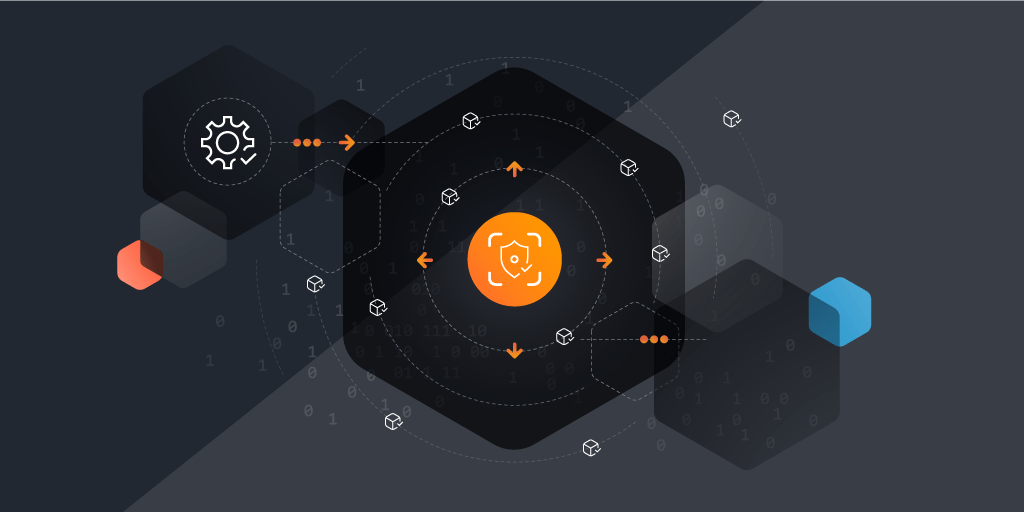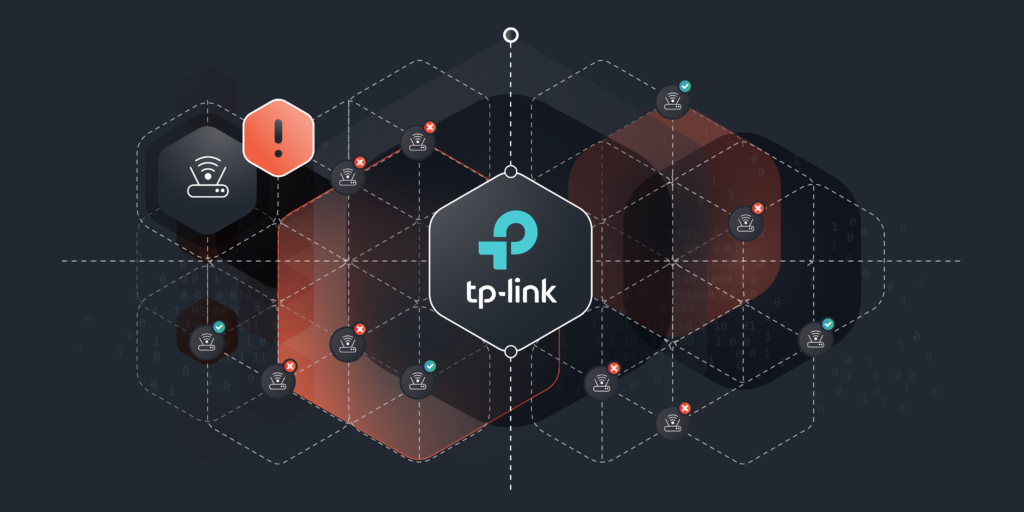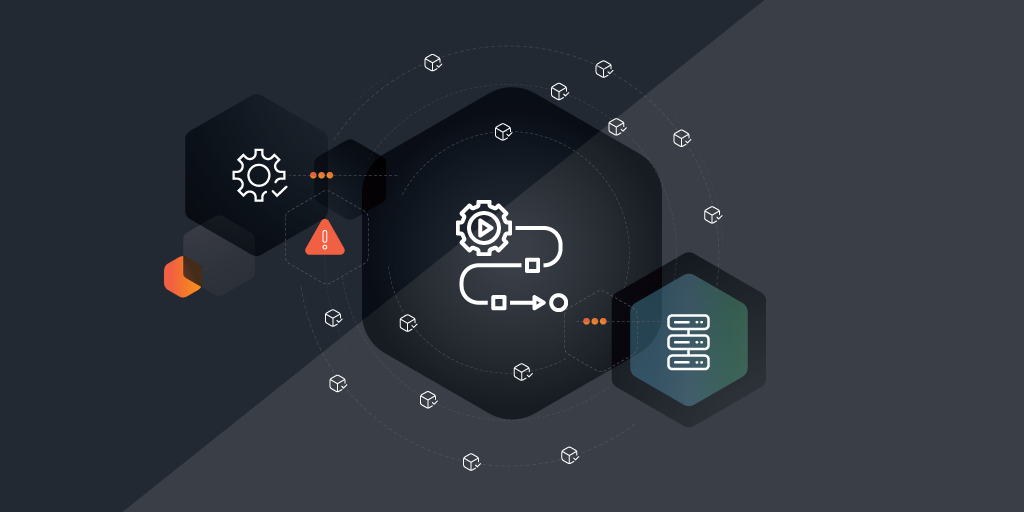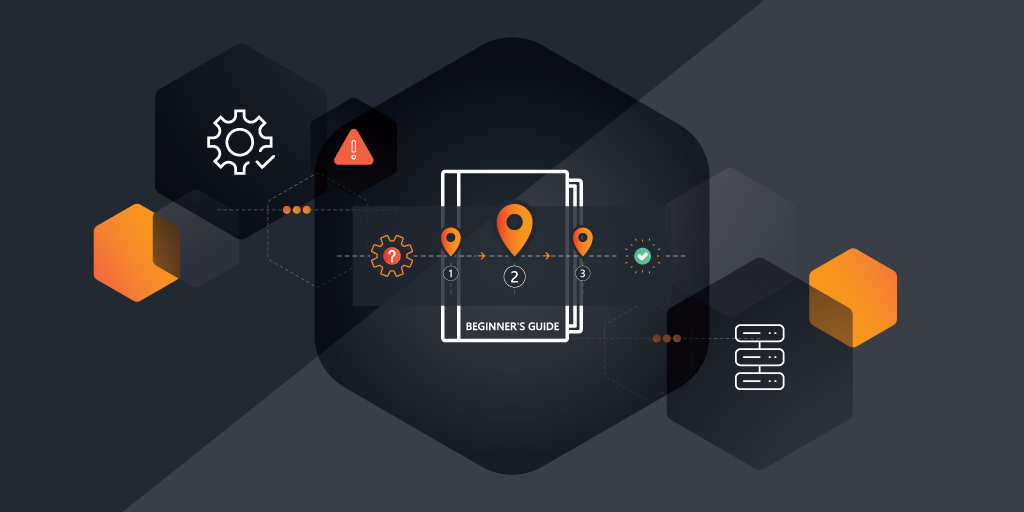
From CAASM to Risk Managament
Asset discovery – the process of discovering network connected IT, OT and IoT assets – is crucial for compliance with regulatory frameworks. It provides comprehensive visibility that’s essential for identifying and managing vulnerabilities, ensuring sensitive data is protected, and maintaining accurate records for audits and reporting.
Effective asset discovery helps organizations meet data protection laws such as ISO 27001, CMMC, NIS 2 or Cyber Essentials UK. It also helps organizations satisfy various controls set forth by National Institute of Standards and Technology (NIST), and Center for Internet Security (CIS).
In this article, we’ll take a closer look at asset discovery’s role in regulatory compliance and how asset discovery tools help satisfy requirements of key regulatory frameworks.
What Is Asset Discovery?
Asset discovery is the process of identifying and cataloging all of the hardware and software assets connected to your organization’s network, as well as users and configuration data. With a complete and accurate inventory of your technology assets, it’s easier to manage and operate the IT estate, and meet a growing number of regulatory requirements related to data privacy and security.
An asset discovery tool is a versatile network scanning tool that operates with or without an agent, and detects hardware and software connected to the local network. Robust asset discovery solutions provide detailed information about each asset, such as hardware specifications, software installations, network configurations, warranty statuses, and security vulnerabilities.
Key Challenges in Regulatory Compliance
According to the 2023 Thomson Reuters Risk & Compliance Survey Report, risk and compliance professionals spend the majority of their time on activities such as identifying and assessing risk (56%) and monitoring compliance (52%). That’s because Organizations face significant challenges in maintaining compliance due to the complexity and variability of regulations across regions, and the continuous evolution of regulatory requirements in response to technological and market changes.
On top of that, organizations face resource constraints involving time, financial investment, and skilled personnel, even though they must manage vast amounts of data to ensure accuracy, security, and privacy. Internal resistance to changes in compliance processes requires effective training and management adjustments, which also takes time and money.
Asset discovery helps navigate these challenges by providing comprehensive visibility into the IT estate, enabling organizations to manage their assets effectively and maintain compliance.
Benefits of Asset Discovery in Compliance
While asset discovery benefits organizations in numerous ways, compliance is at the top of the list. Here are some of the ways asset discovery aids in regulatory framework compliance:
- Accurate Compliance Reporting: By maintaining an up-to-date inventory of all assets, you can produce accurate and detailed compliance reports to reduce the risk of non-compliance penalties and enhance transparency with regulatory bodies.
- Improved Risk Management: Asset discovery helps identify potential vulnerabilities and risks associated with your IT assets. By spotting these issues early, you can address them promptly and stay compliant with security regulations and standards.
- Enhanced Data Protection: Knowing where your sensitive data is stored across your IT landscape helps you implement appropriate data protection measures. This is crucial for complying with data protection laws like GDPR and HIPAA, which require strict safeguards for personal and sensitive information.
- Streamlined Audits: Regular asset discovery ensures that all asset information is up-to-date and readily available for audits. This streamlines the audit process and reduces the time and resources needed to demonstrate compliance to auditors.
- Proactive Compliance Management: Continuous monitoring and updating of asset information enable you to stay ahead of compliance requirements. This proactive approach helps you quickly identify and address any compliance gaps, ensuring ongoing adherence to regulatory standards.
- Cost Efficiency: By identifying and eliminating redundant or obsolete assets, you can optimize your IT spending and reduce unnecessary expenditures so that resources are allocated effectively to compliance-related activities.
- Support for Change Management: Asset discovery provides insights into how changes in your IT environment impact compliance. It helps in managing and documenting changes, which is essential for maintaining compliance with regulations that require change management processes.
How Asset Discovery Fits into NIST and CIS Frameworks
Asset discovery plays an essential role in adhering to regulatory frameworks such as NIST and CIS. Here’s how:
NIST
- Asset Management (ID.AM): The NIST Cybersecurity Framework highlights the critical need for identifying and managing assets. Asset discovery enables organizations to maintain an inventory of physical devices and systems (ID.AM-1) and software platforms and applications (ID.AM-2), both vital for identifying critical assets and understanding their associated risks.
- Vulnerability Management (DE.CM): Continuous monitoring of vulnerabilities is a key component of the NIST framework. Asset discovery tools help identify and report on vulnerabilities across all detected assets, enabling a proactive approach to vulnerability management that aligns with the NIST requirements, such as providing detailed information on each asset’s security posture (DE.CM-8), which helps prioritize and remediate vulnerabilities based on risk.
- Configuration Management (PR.IP): Ensuring that systems are securely configured and monitoring those configurations for unauthorized changes is vital for compliance. Asset discovery tools aid in tracking the configuration of hardware and software assets, ensuring they adhere to secure baseline configurations (PR.IP-1). Additionally, they can detect unauthorized changes to configurations (PR.IP-7), to help maintain a secure and compliant IT environment.
CIS
- Inventory and Control of Hardware Assets (CIS Control 1): This control emphasizes the importance of managing all hardware devices on the network to ensure only authorized devices have access. Asset discovery tools are essential for maintaining an accurate and up-to-date inventory of all hardware assets (CIS Control 1.1). This inventory helps in identifying unauthorized devices and preventing them from connecting to the network, thereby enhancing security and compliance.
- Inventory and Control of Software Assets (CIS Control 2): Managing a detailed inventory of software assets is crucial for ensuring that only authorized software is installed and executed on the network (CIS Control 2.1). This practice reduces the attack surface by preventing the use of unauthorized or vulnerable software.
- Continuous Vulnerability Management (CIS Control 3): Regularly scanning for vulnerabilities and addressing them is a core requirement of CIS controls (CIS Control 3.4). This proactive approach is essential for minimizing security risks.
- Secure Configuration for Hardware and Software on Mobile Devices, Laptops, Workstations, and Servers (CIS Control 5): Ensuring secure configurations and continuously monitoring them for changes is key to preventing security breaches. Asset discovery helps enforce secure configurations across all assets and detects deviations from established security baselines (CIS Control 5.1). This ensures that all devices are configured according to best practices and security policies.
Best Practices for Asset Discovery and Compliance
To ensure effective asset discovery and compliance, organizations should adopt the following best practices:
- Establish a comprehensive asset discovery strategy to identify and manage all assets.
- Perform regular asset scanning and monitoring to keep asset information current and accurate.
- Ensure continuous compliance by managing assets throughout their lifecycle, from acquisition to disposal.
- Implement a robust IT asset discovery and inventory solution that features automation and ease-of-use, and provides comprehensive visibility across the IT estate.
These practices help maintain data integrity, streamline compliance efforts and mitigate risks associated with regulatory requirements.
Choosing the Right Asset Discovery Solution
When choosing the right asset discovery solution, it’s important to consider the tool’s ability to accurately identify and track a wide range of assets. Also important are ease of use and the ability to integrate with existing systems such as your CMDB, SIEM/SOAR, ITSM and other critical tools. Look for features such as automated scanning, real-time updates and comprehensive reporting, which are essential for ensuring data integrity and maximizing the efficiency of your team.
Additionally, evaluating case studies of successful asset discovery implementations can provide valuable insights into how different solutions perform in real-world scenarios. These case studies often highlight how specific tools have effectively streamlined compliance processes, mitigated risks and improved overall asset management.
Lansweeper is a robust asset discovery and IT management tool designed to provide comprehensive visibility into an organization’s IT infrastructure. It automates the process of discovering and cataloging hardware, software and network assets, enabling detailed inventory management and tracking.
Lansweeper offers features such as continuous discovery, automatic vulnerability identification, fully-customizable reporting and integration with various cybersecurity systems, making it a valuable solution for maintaining data accuracy, ensuring regulatory compliance, and streamlining IT operations.


